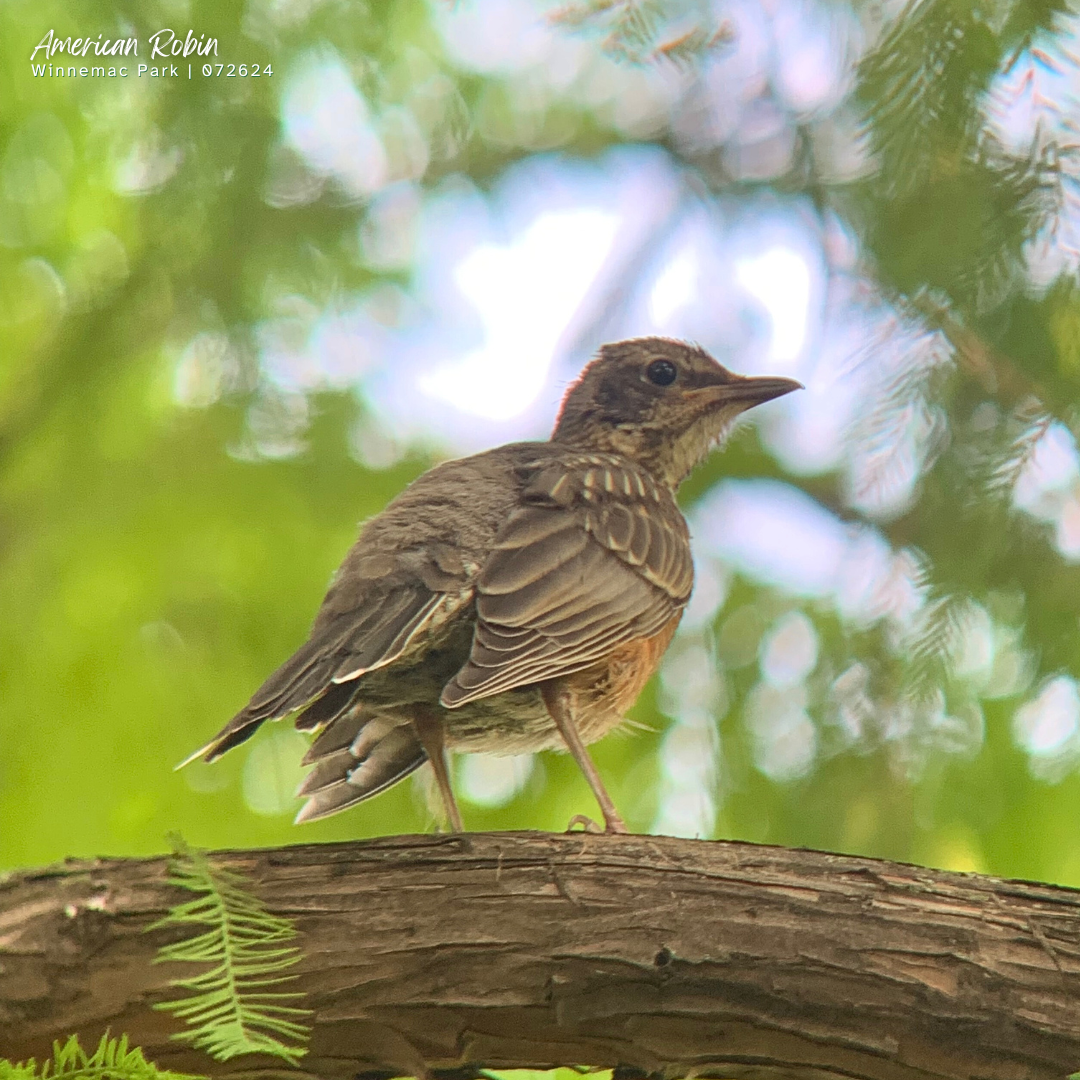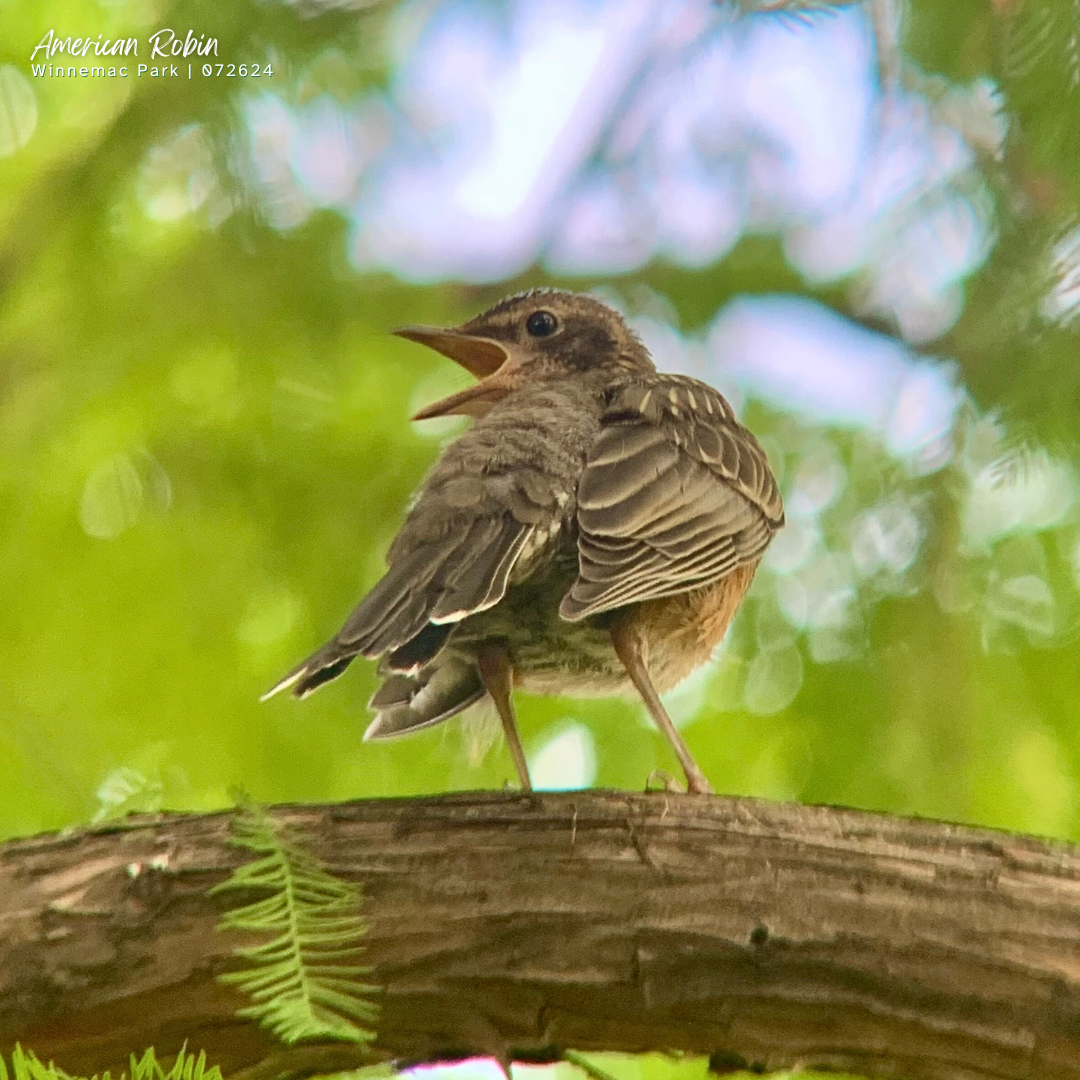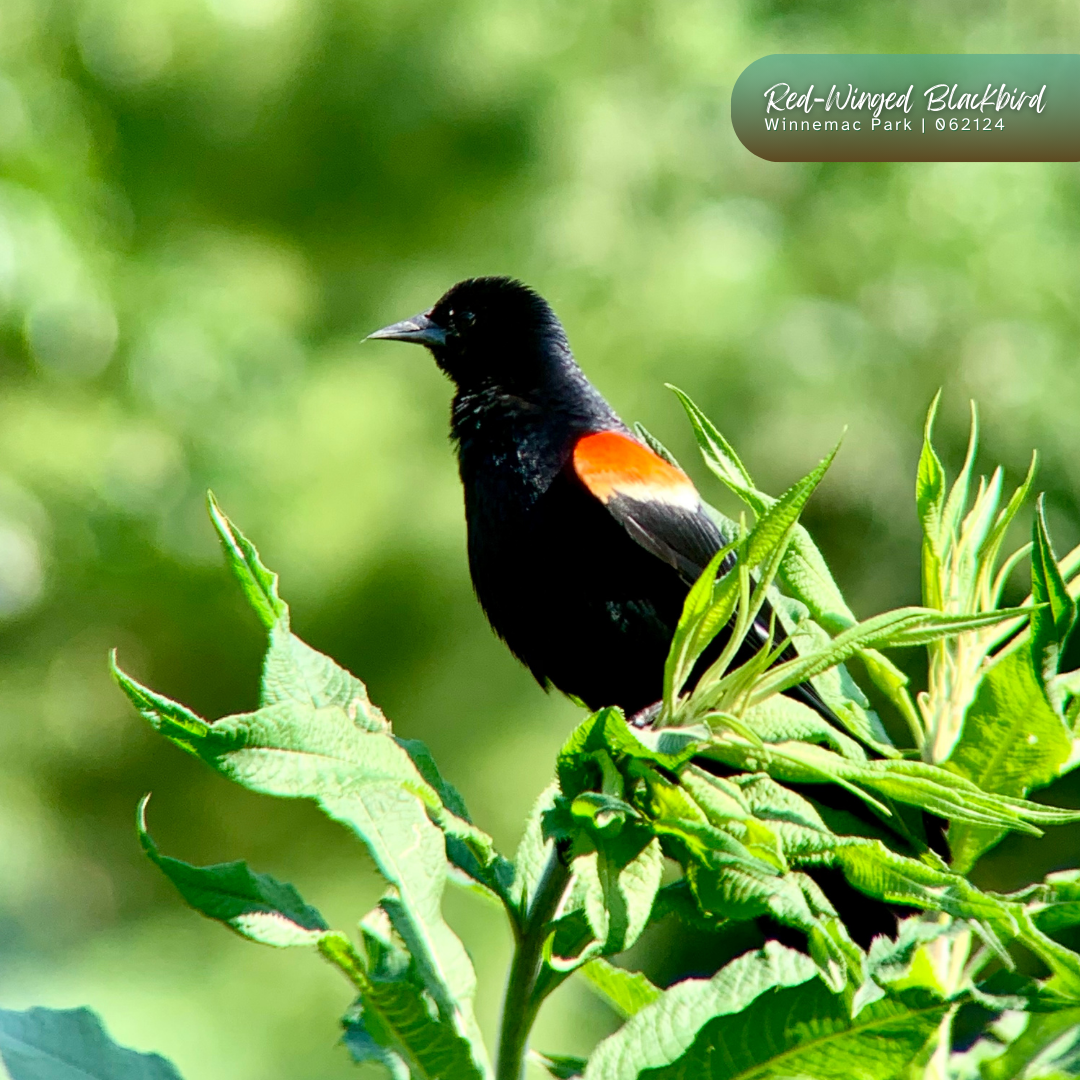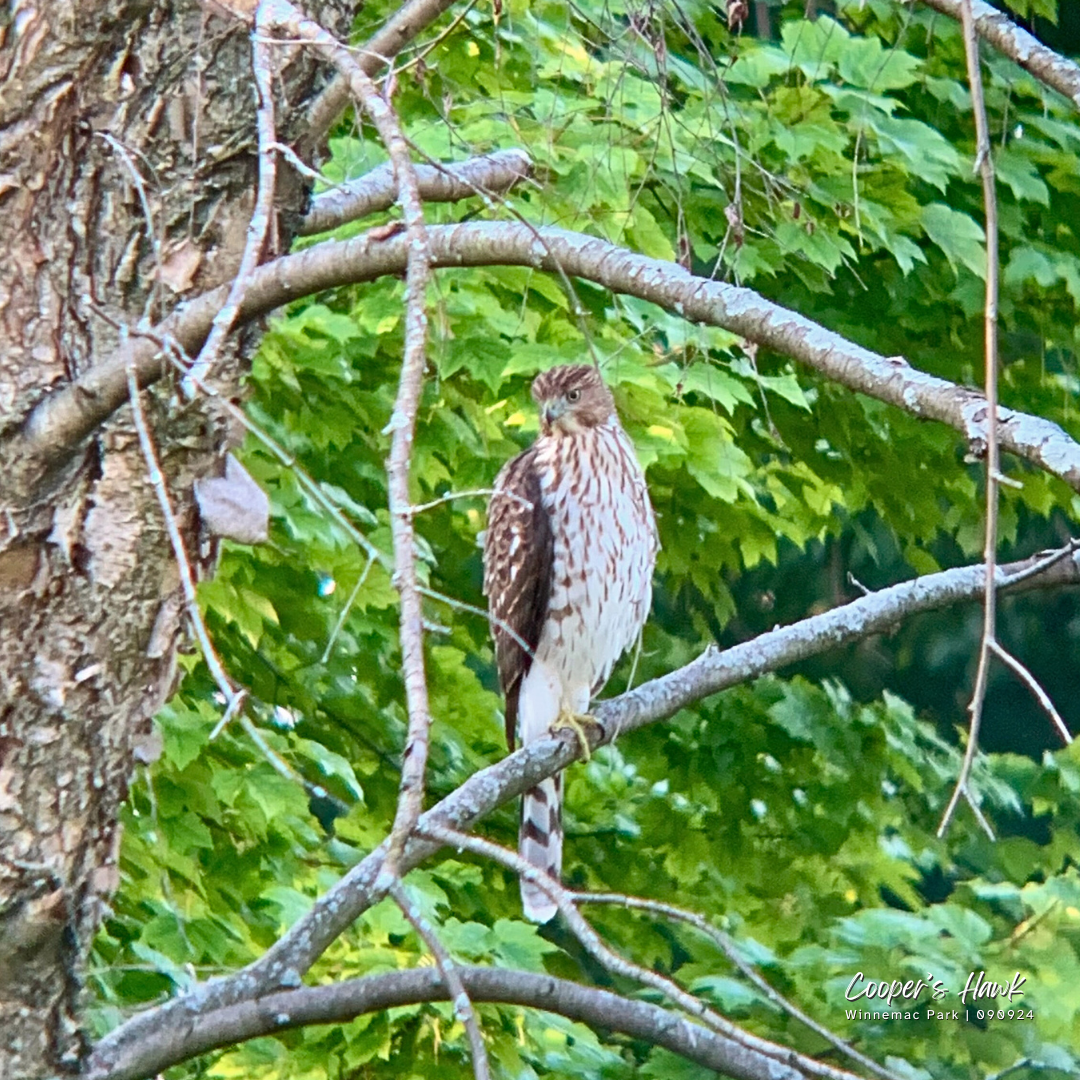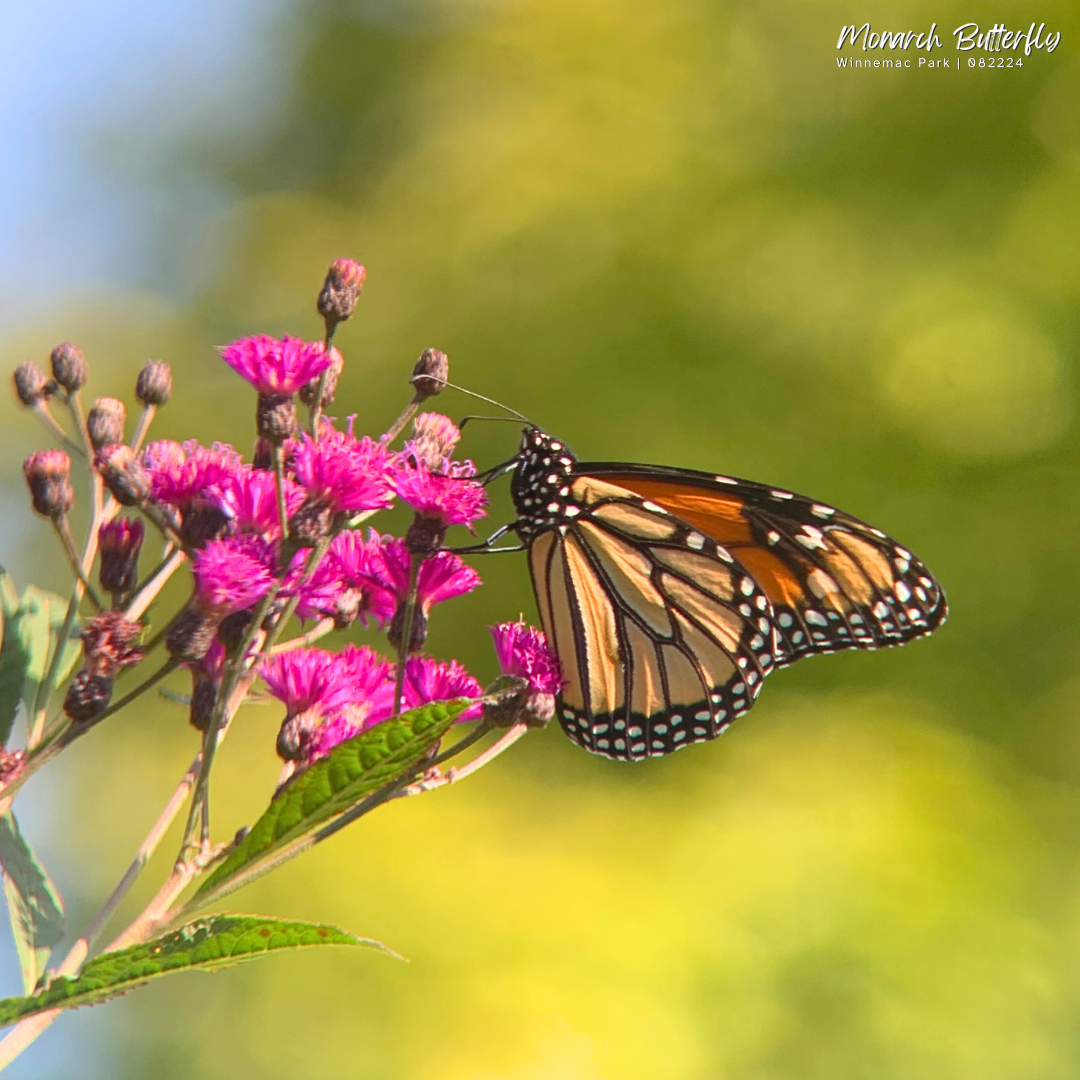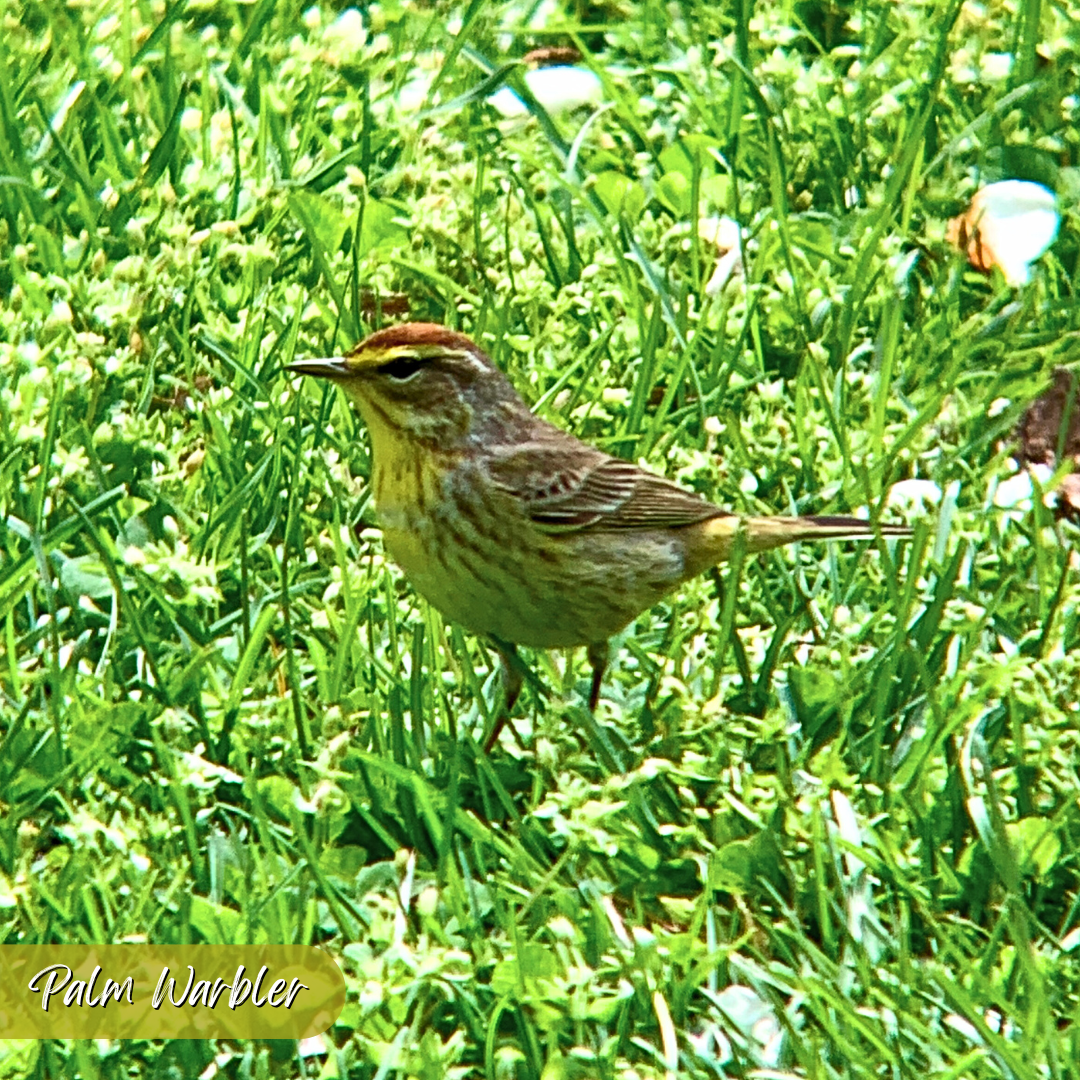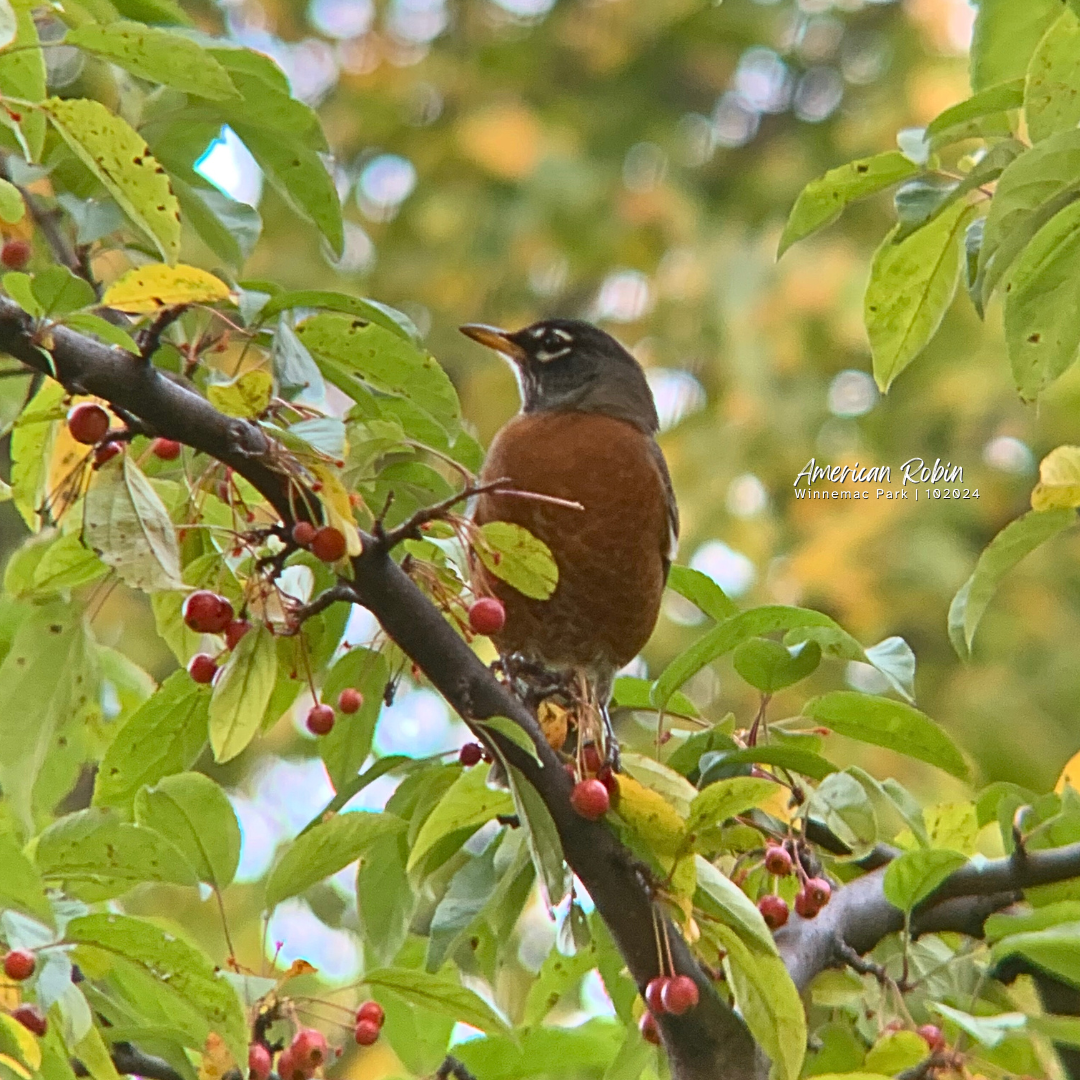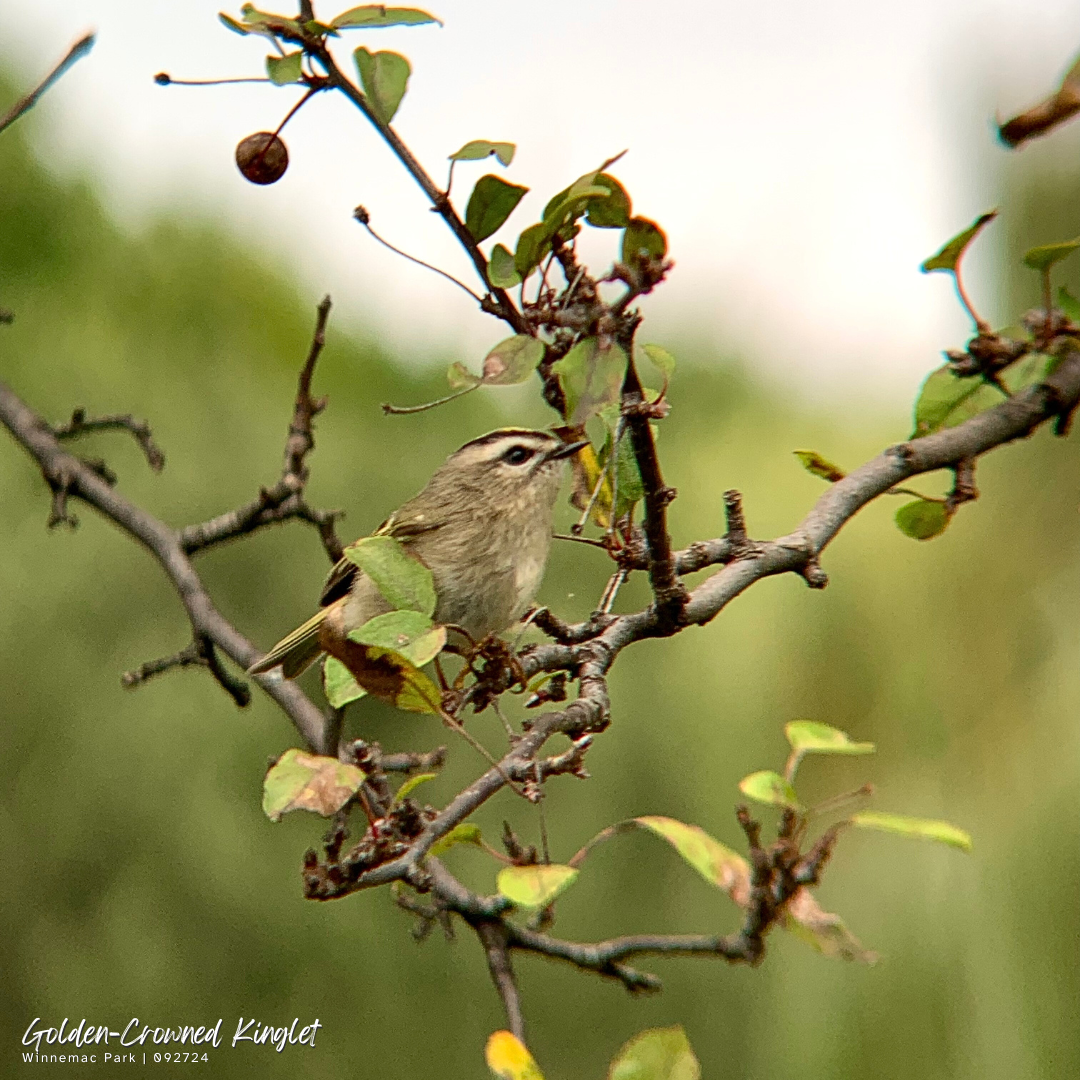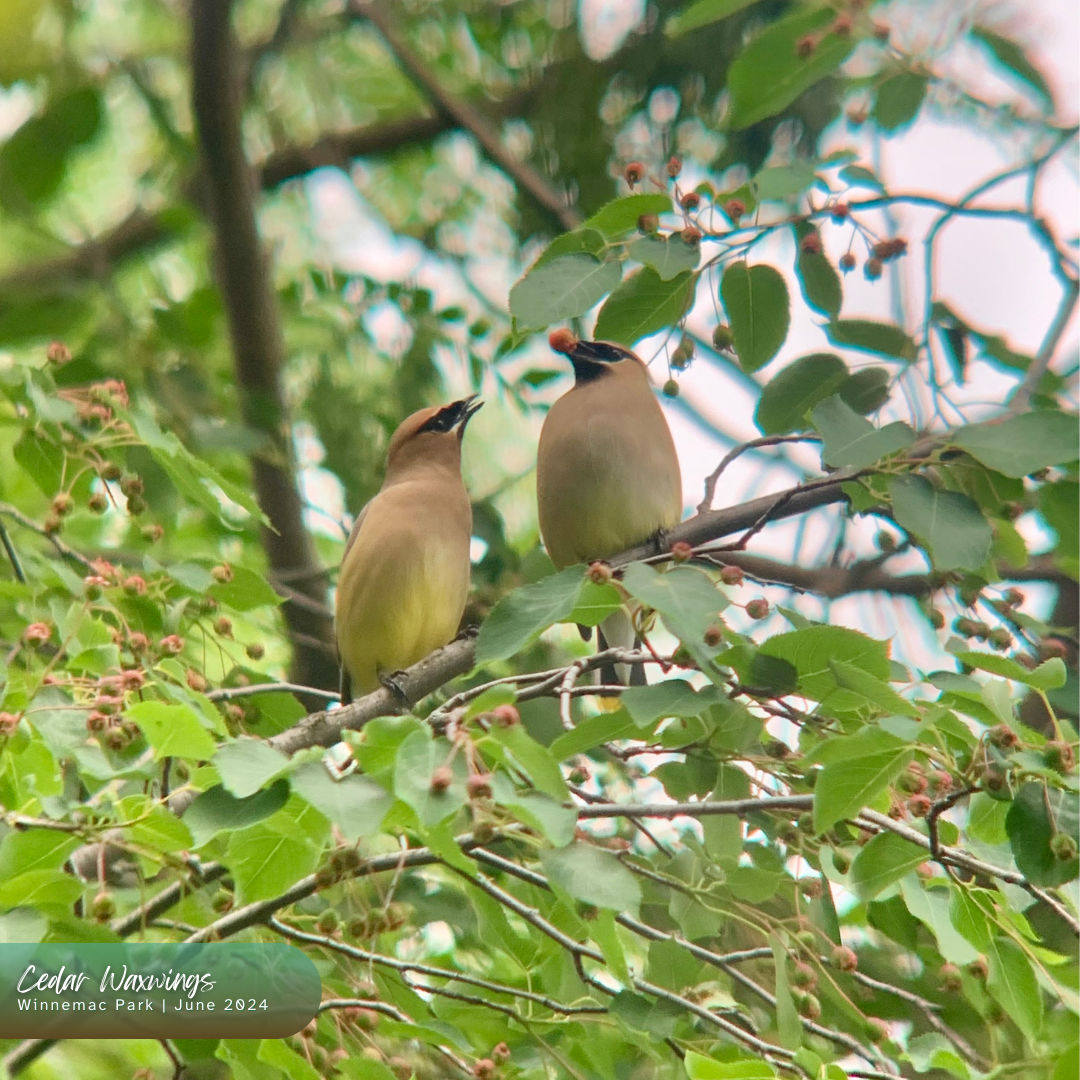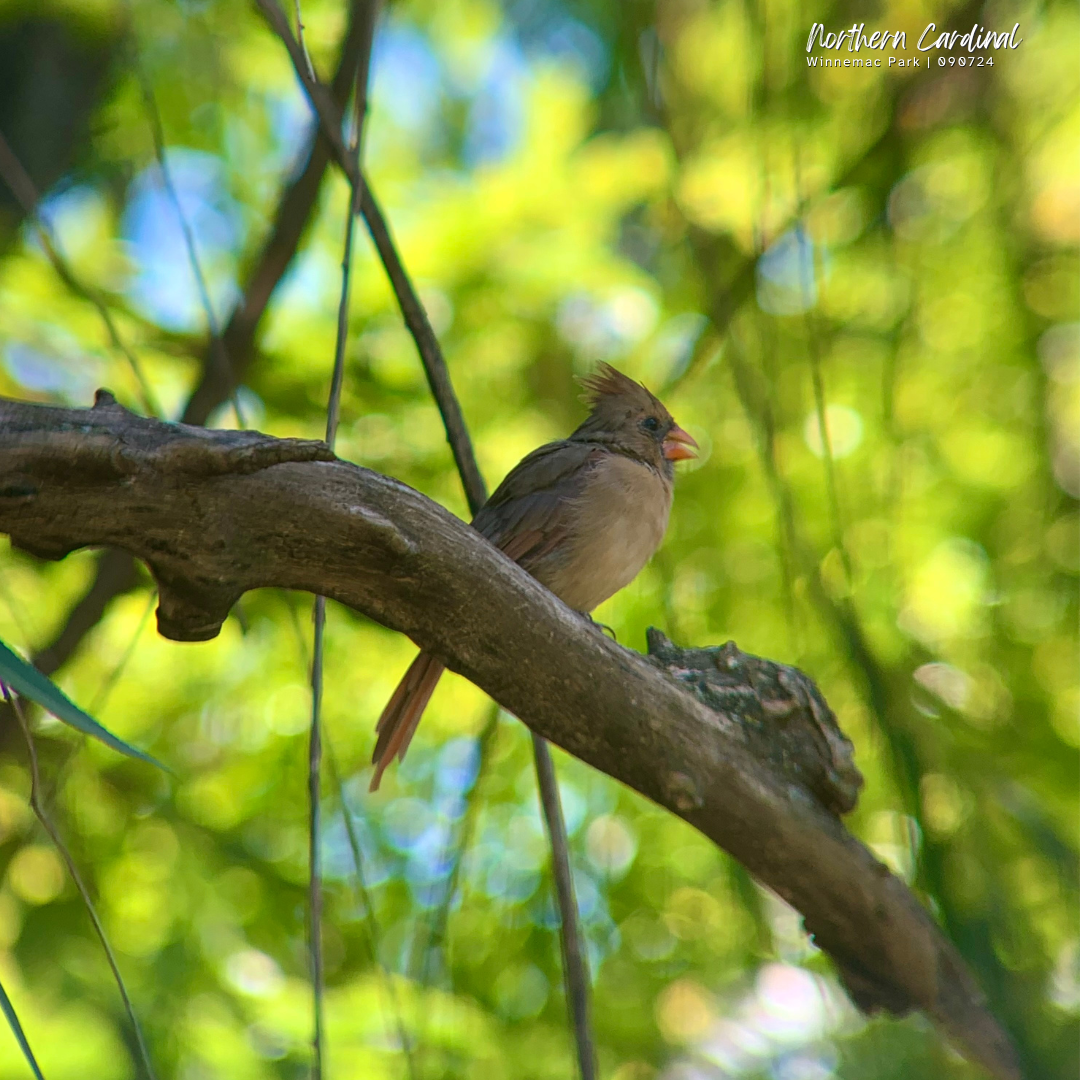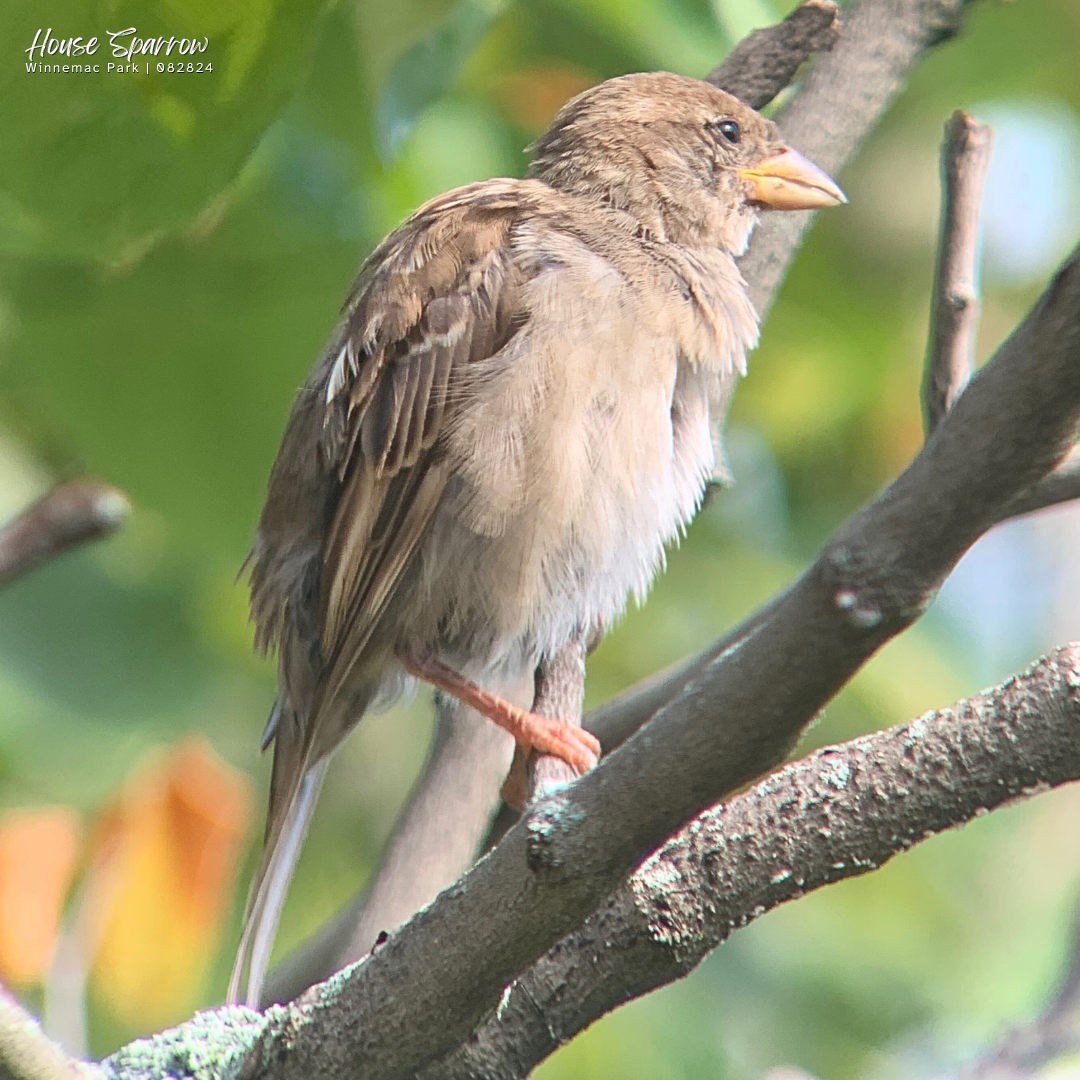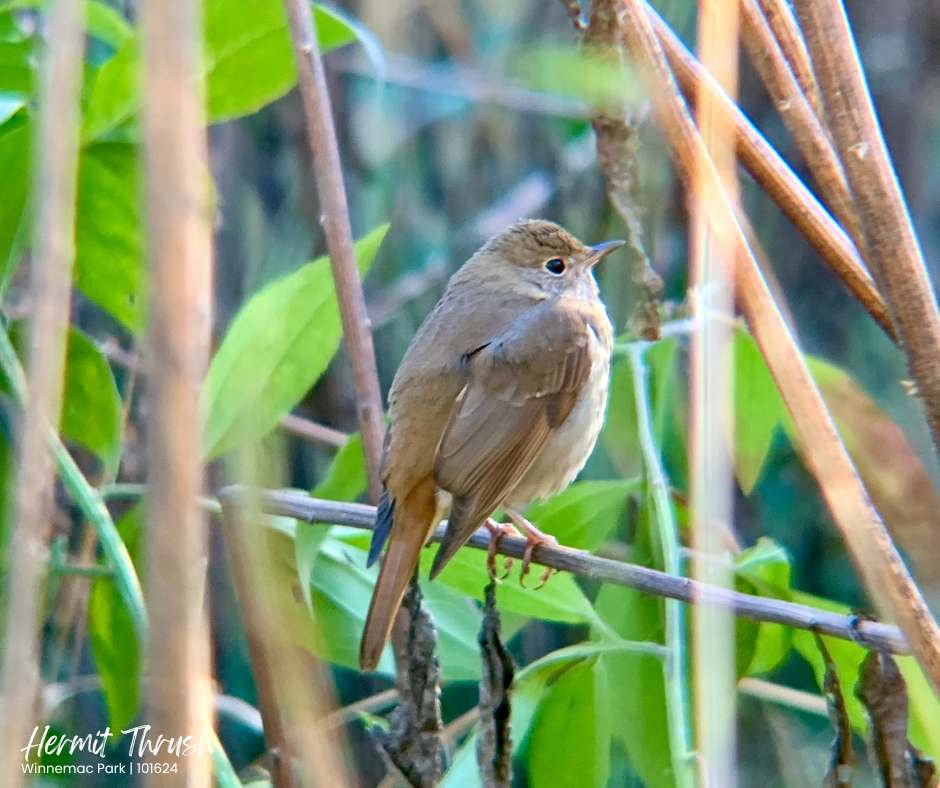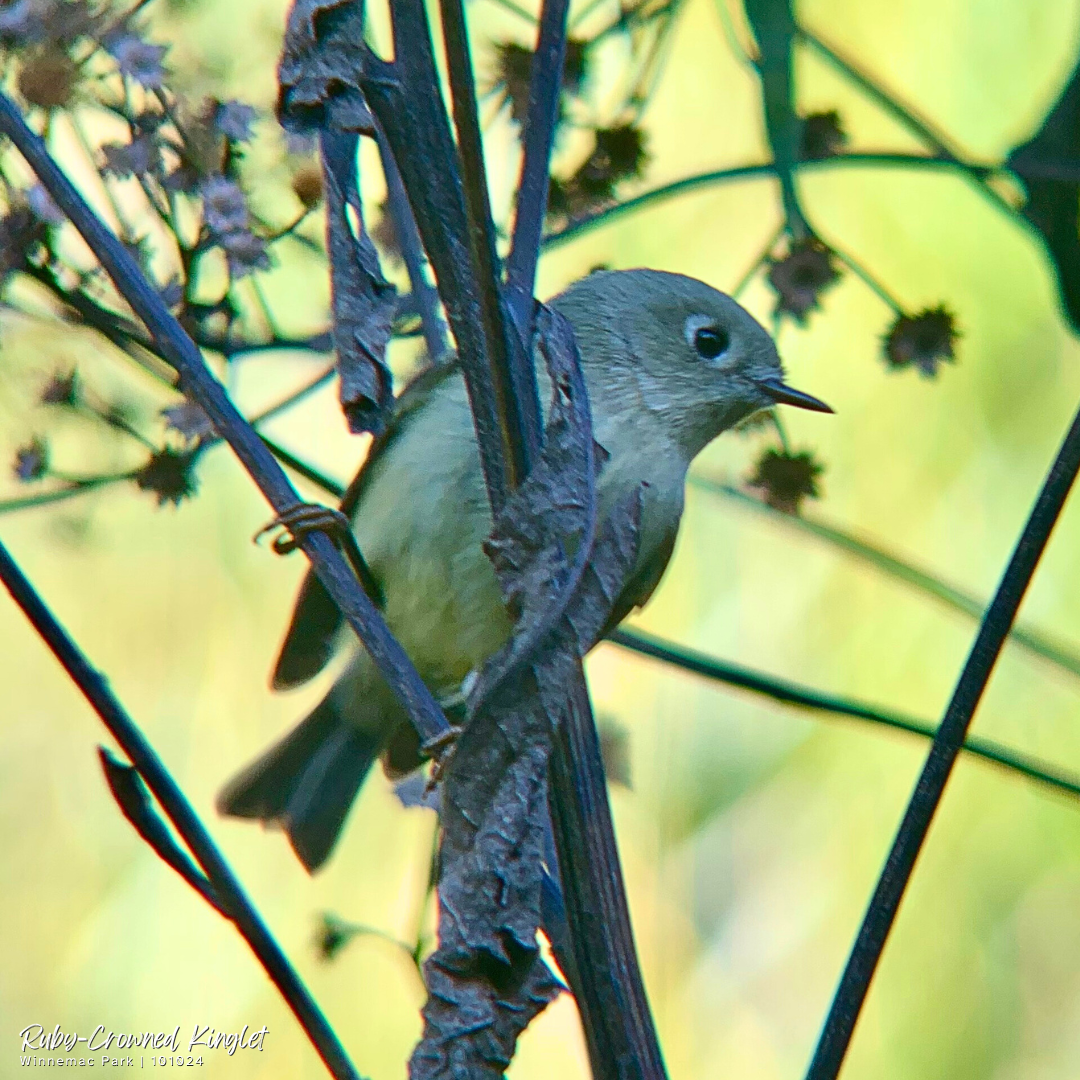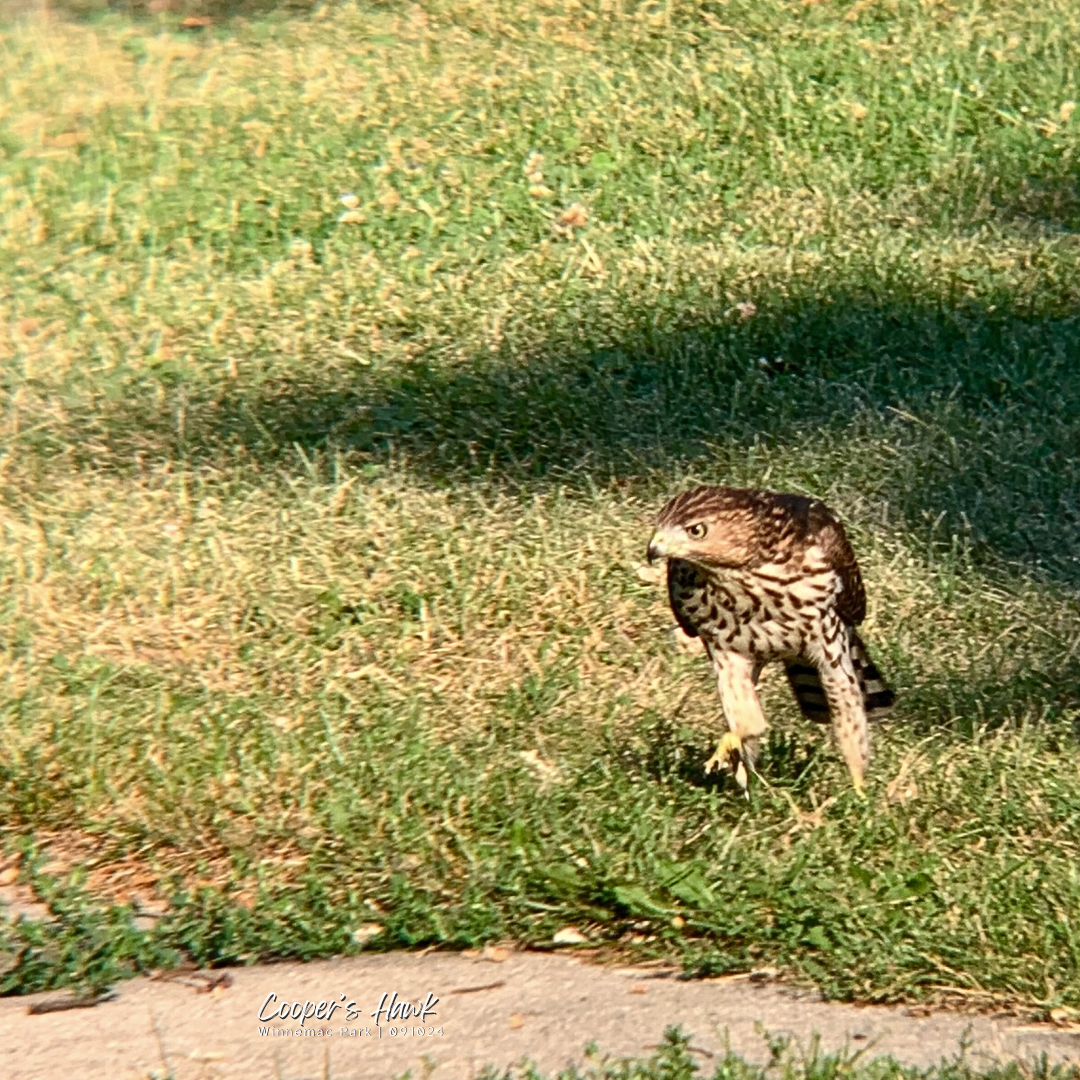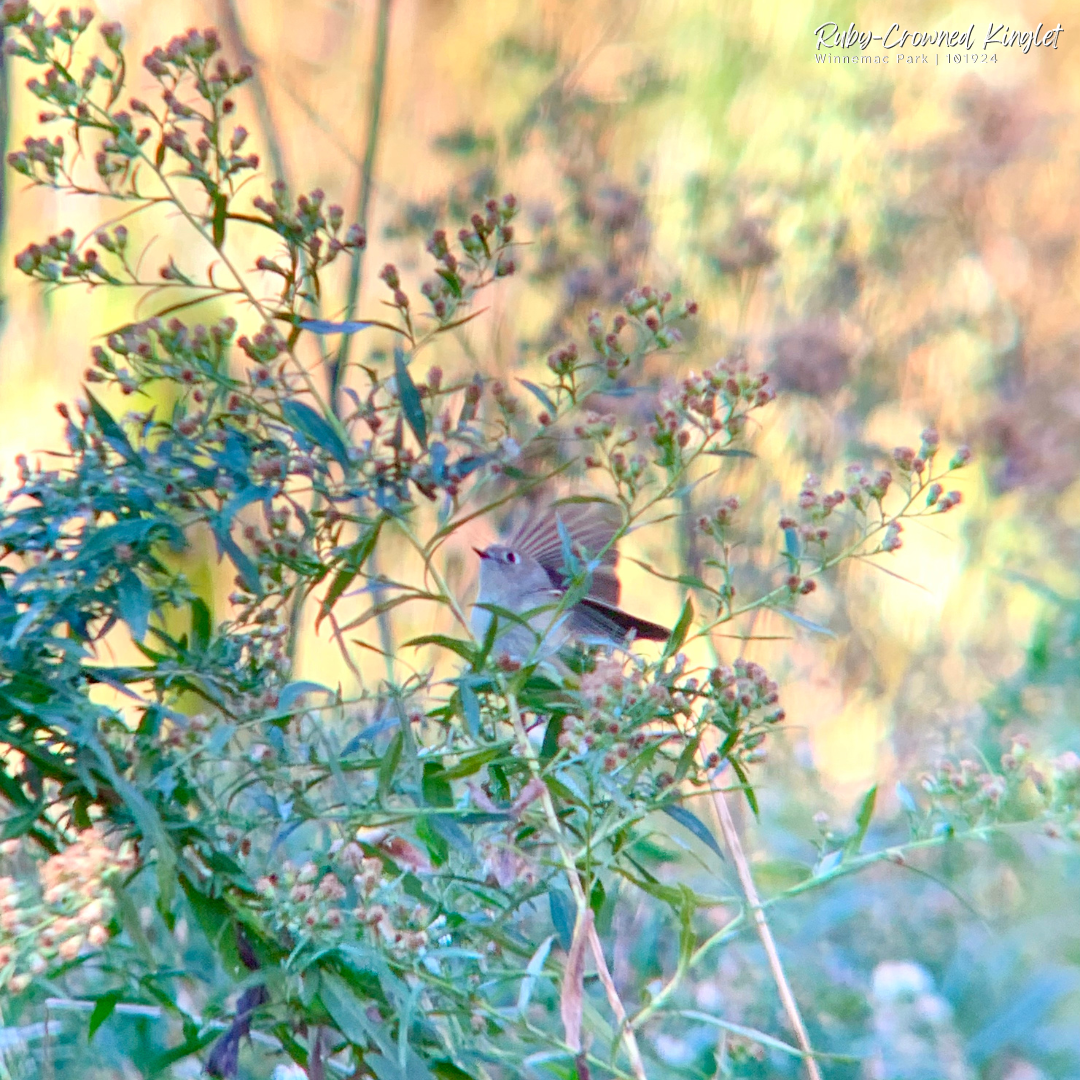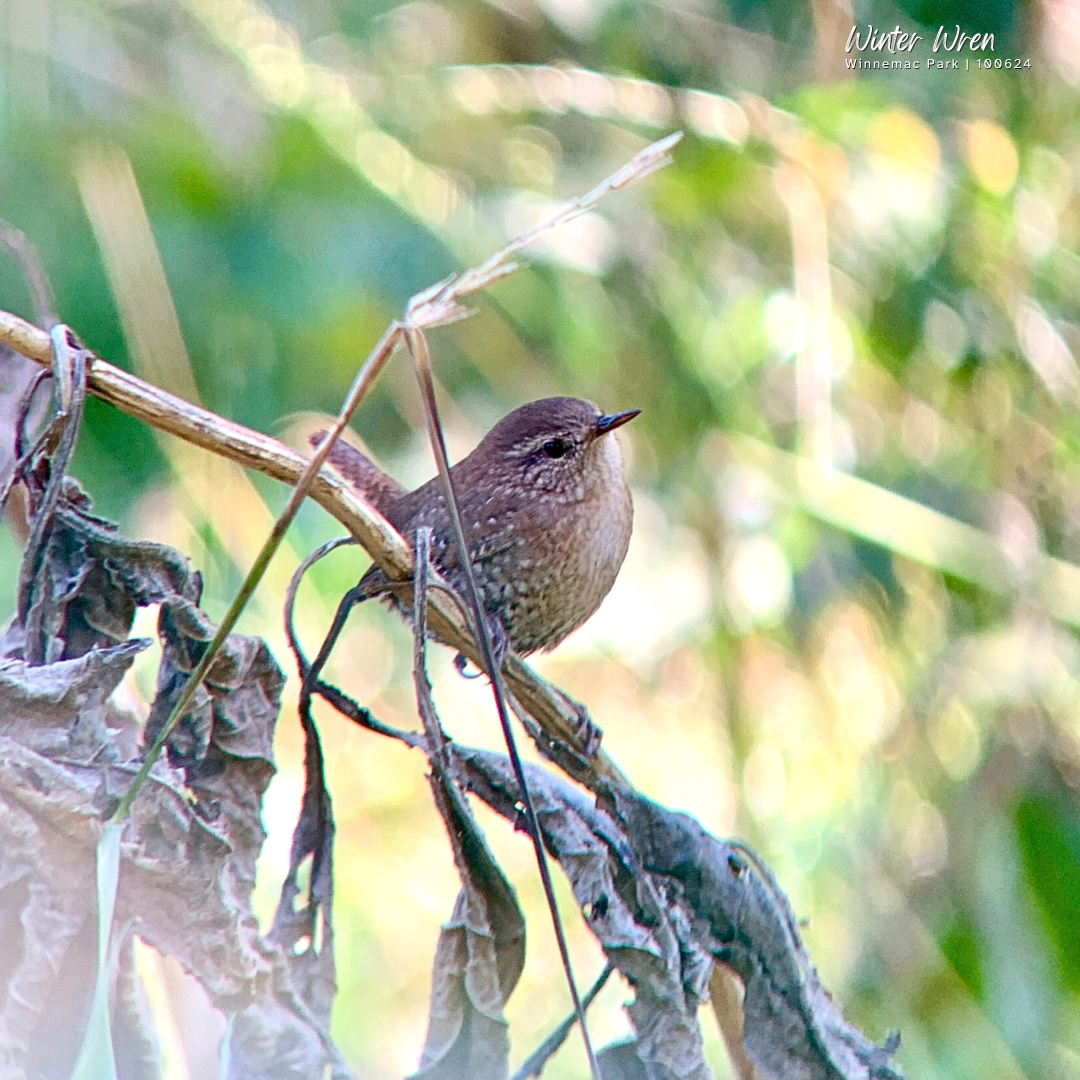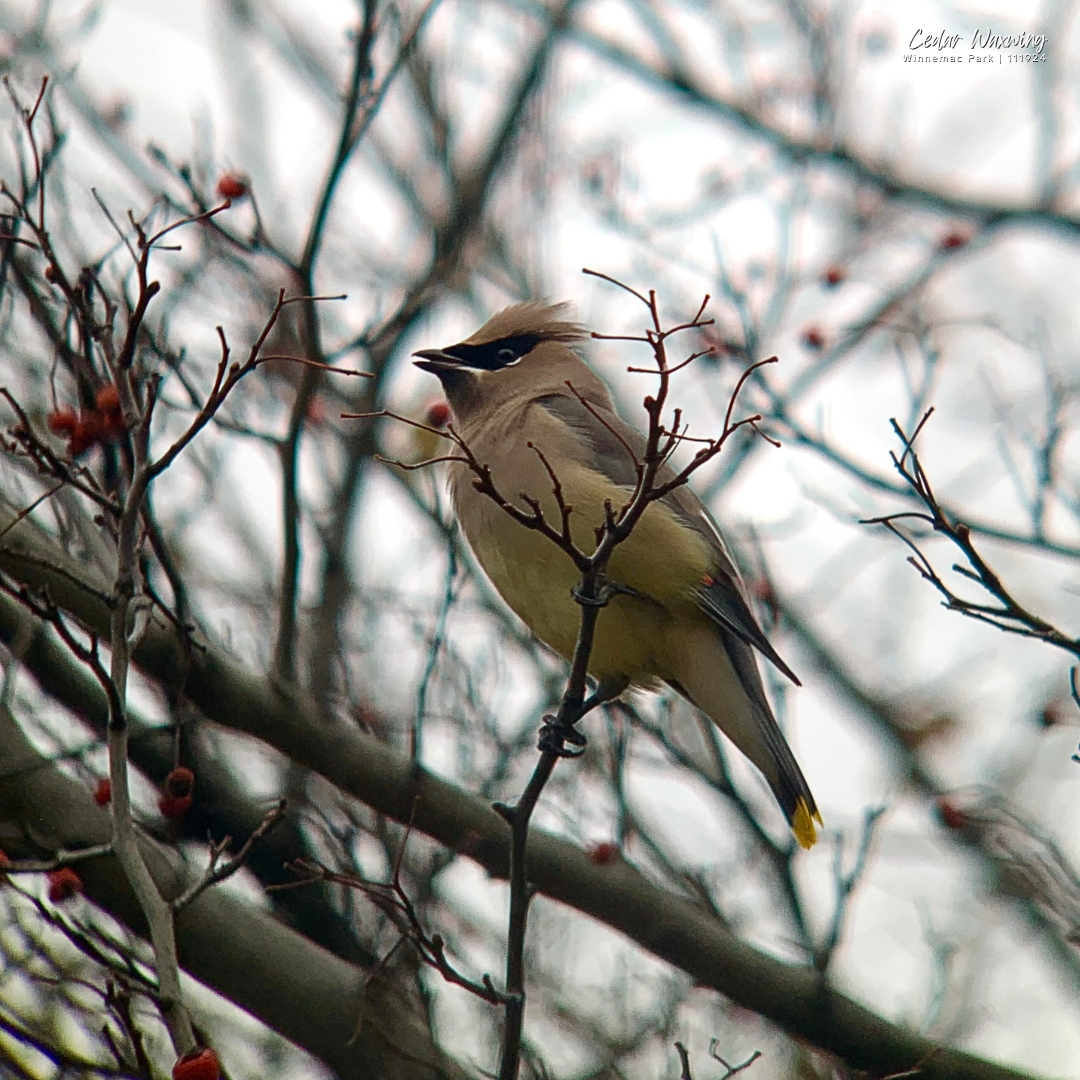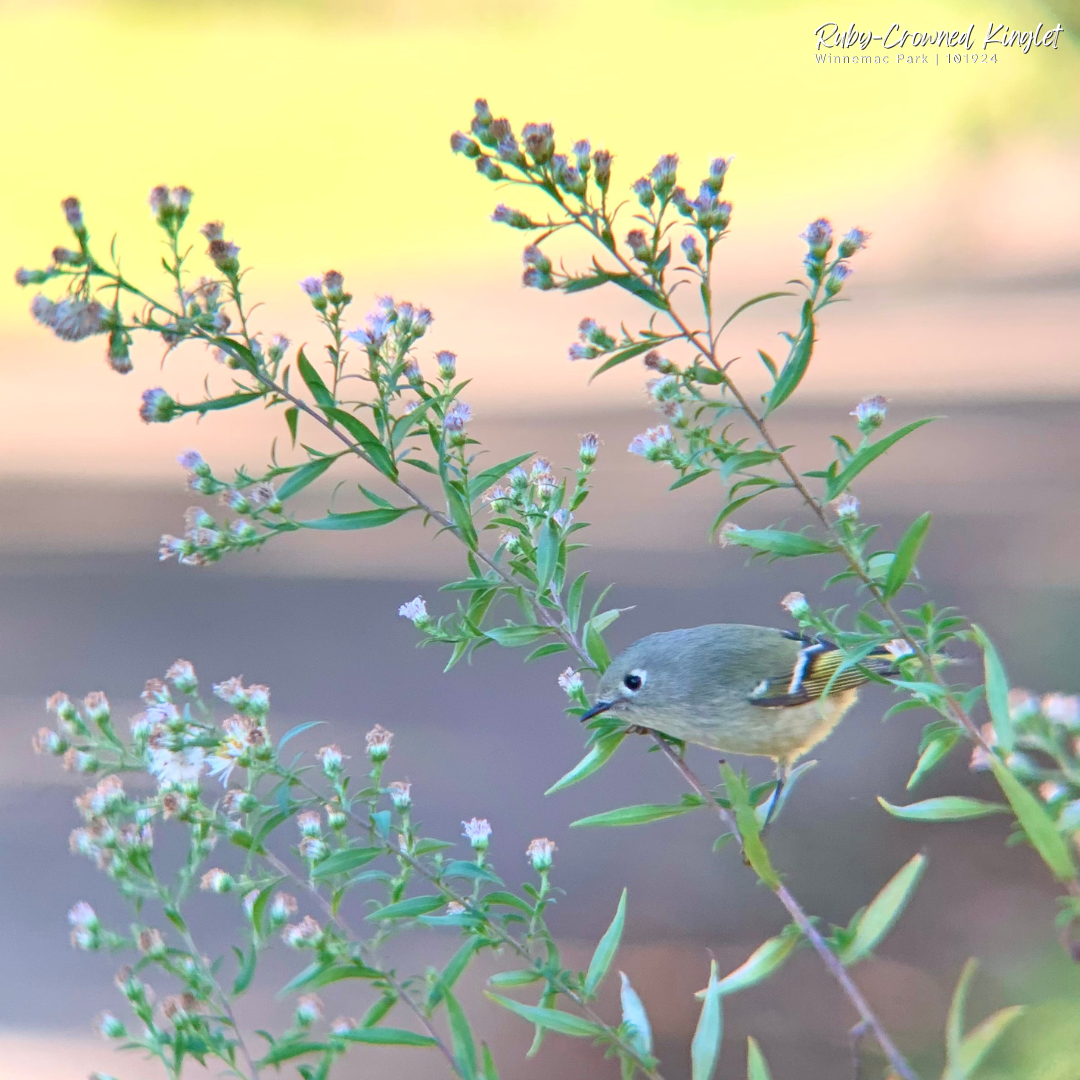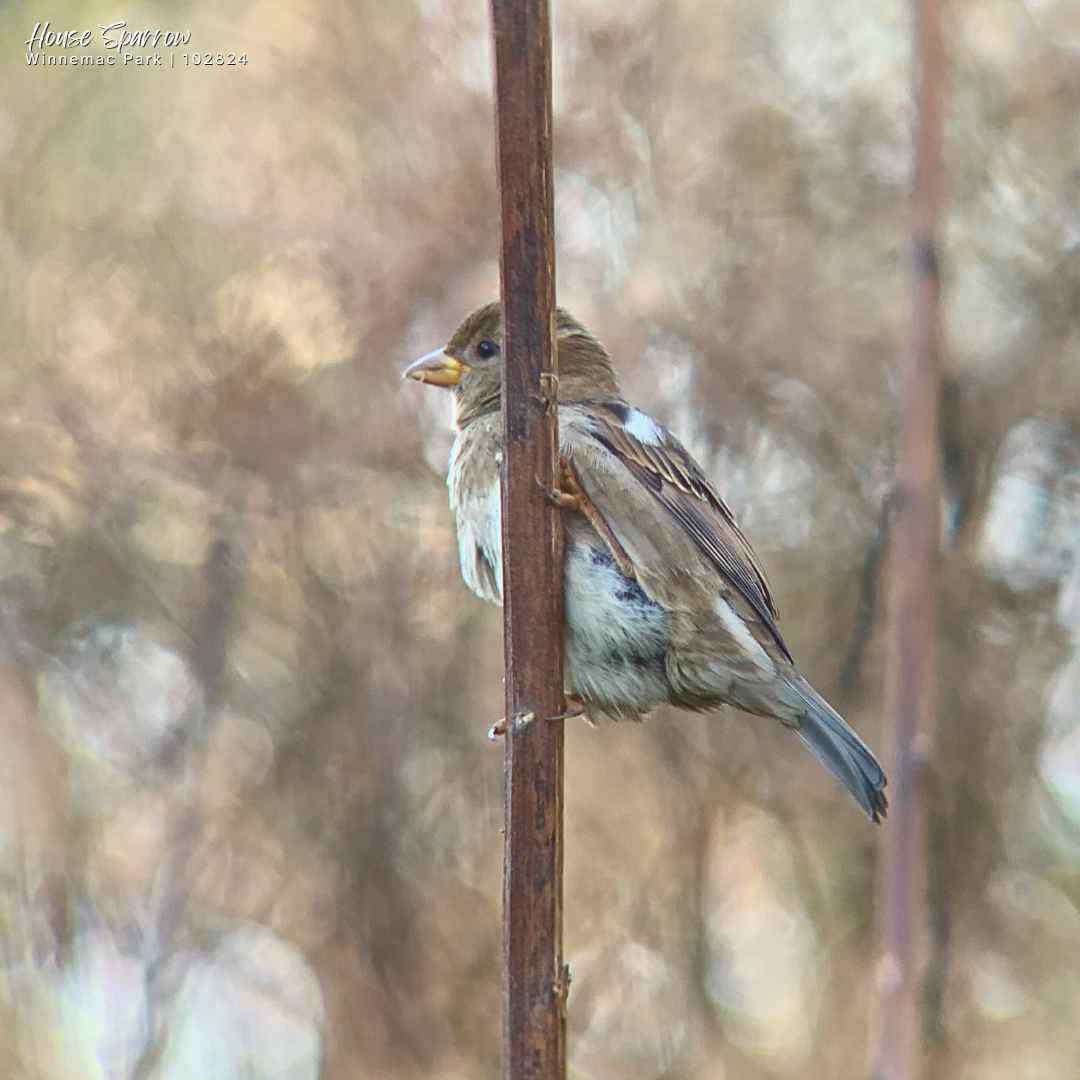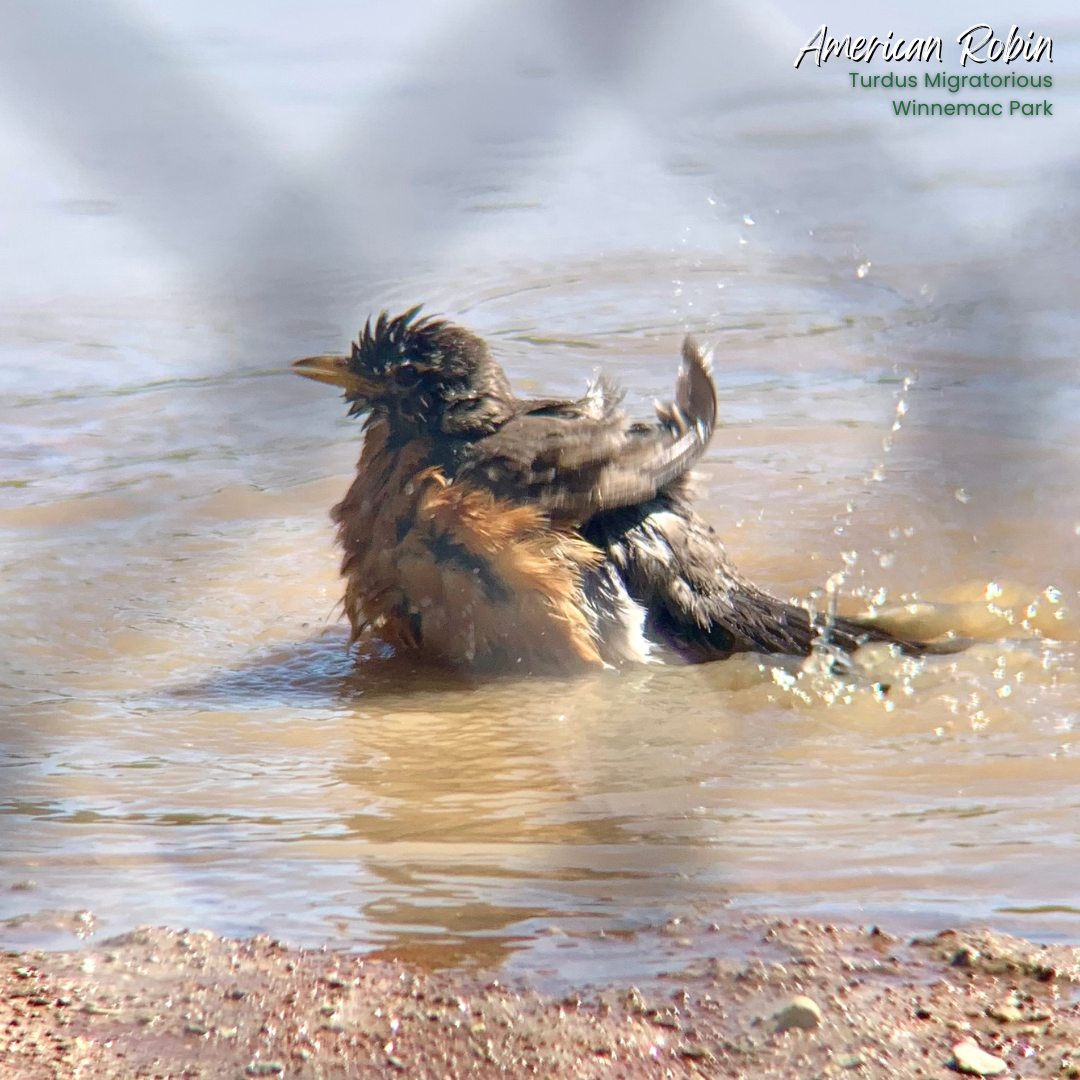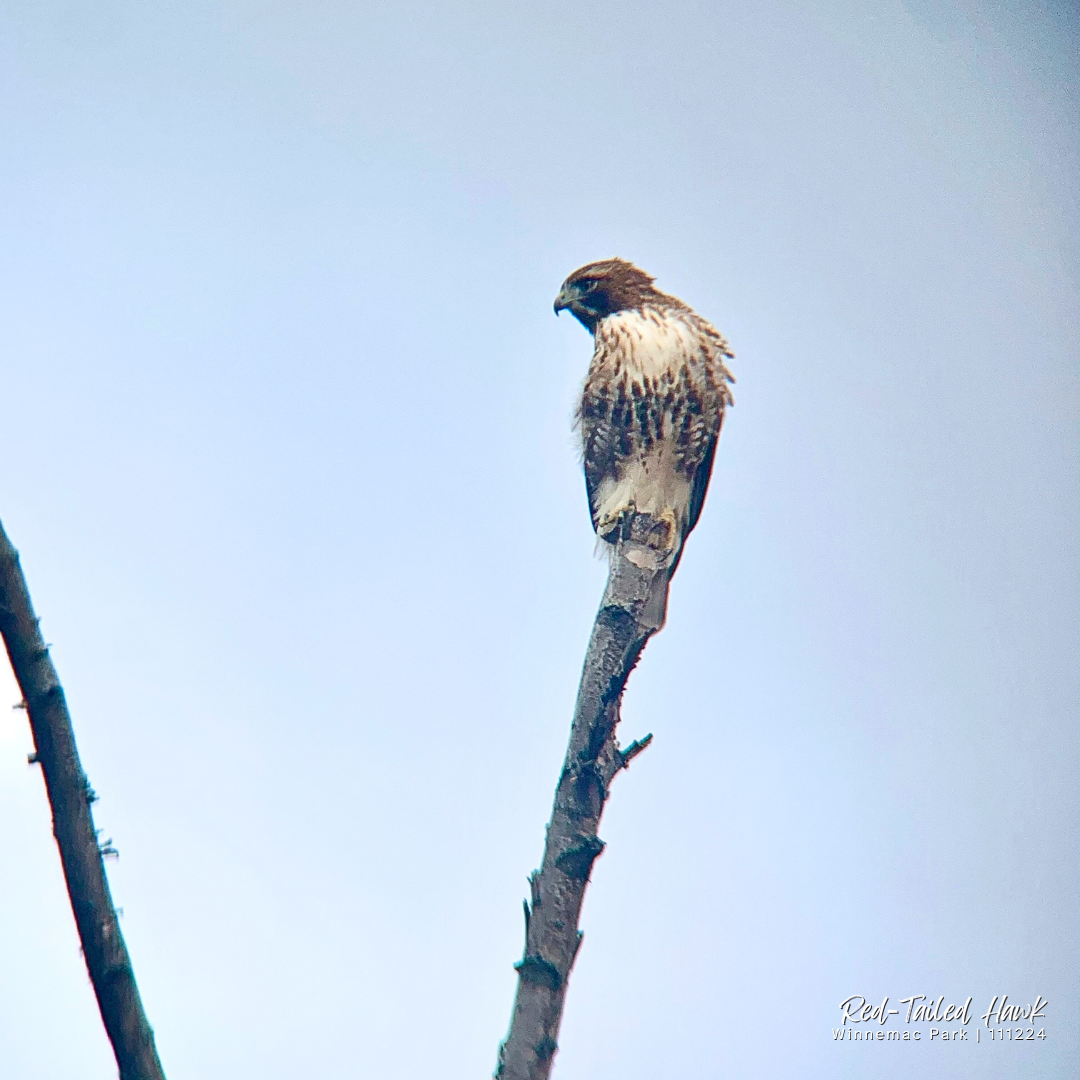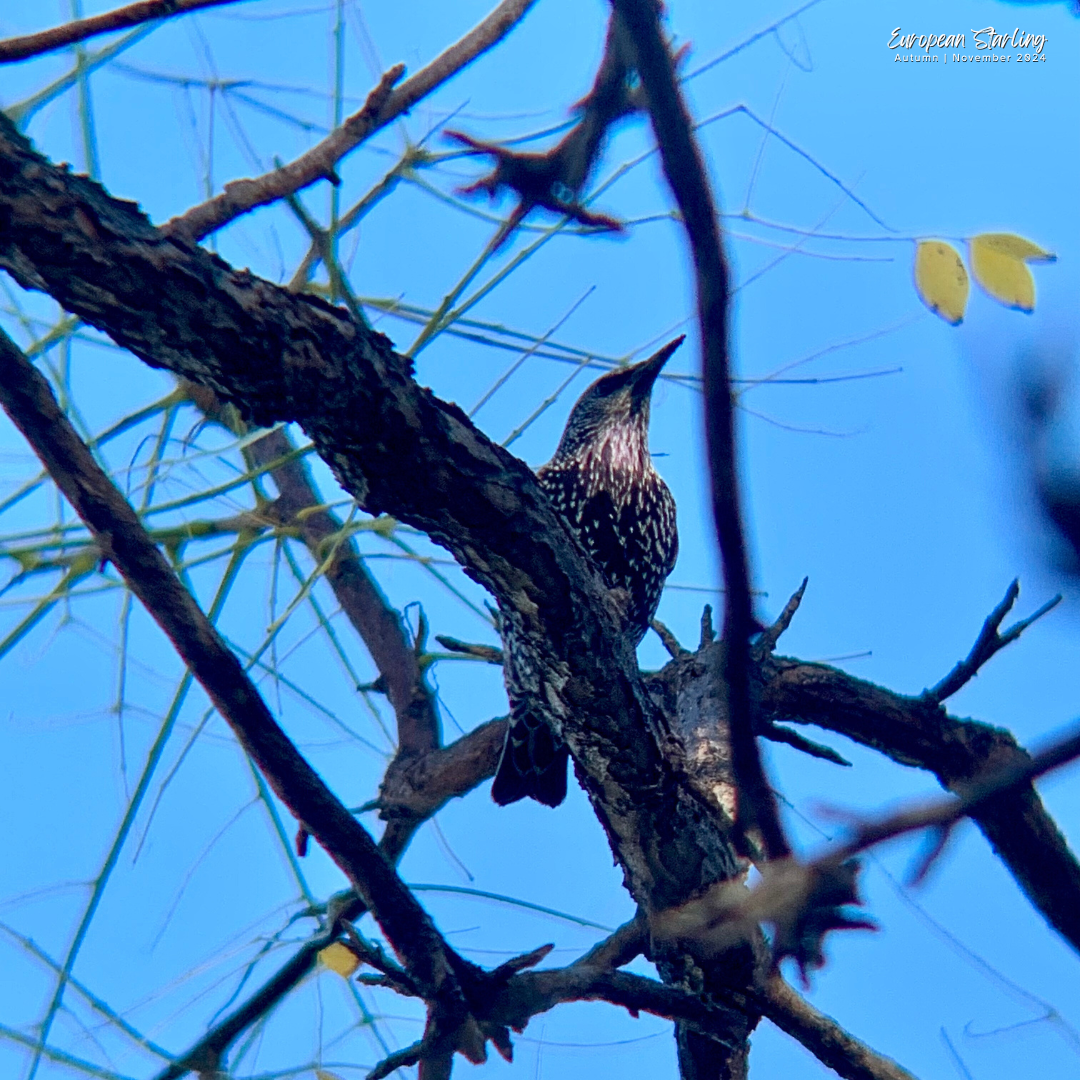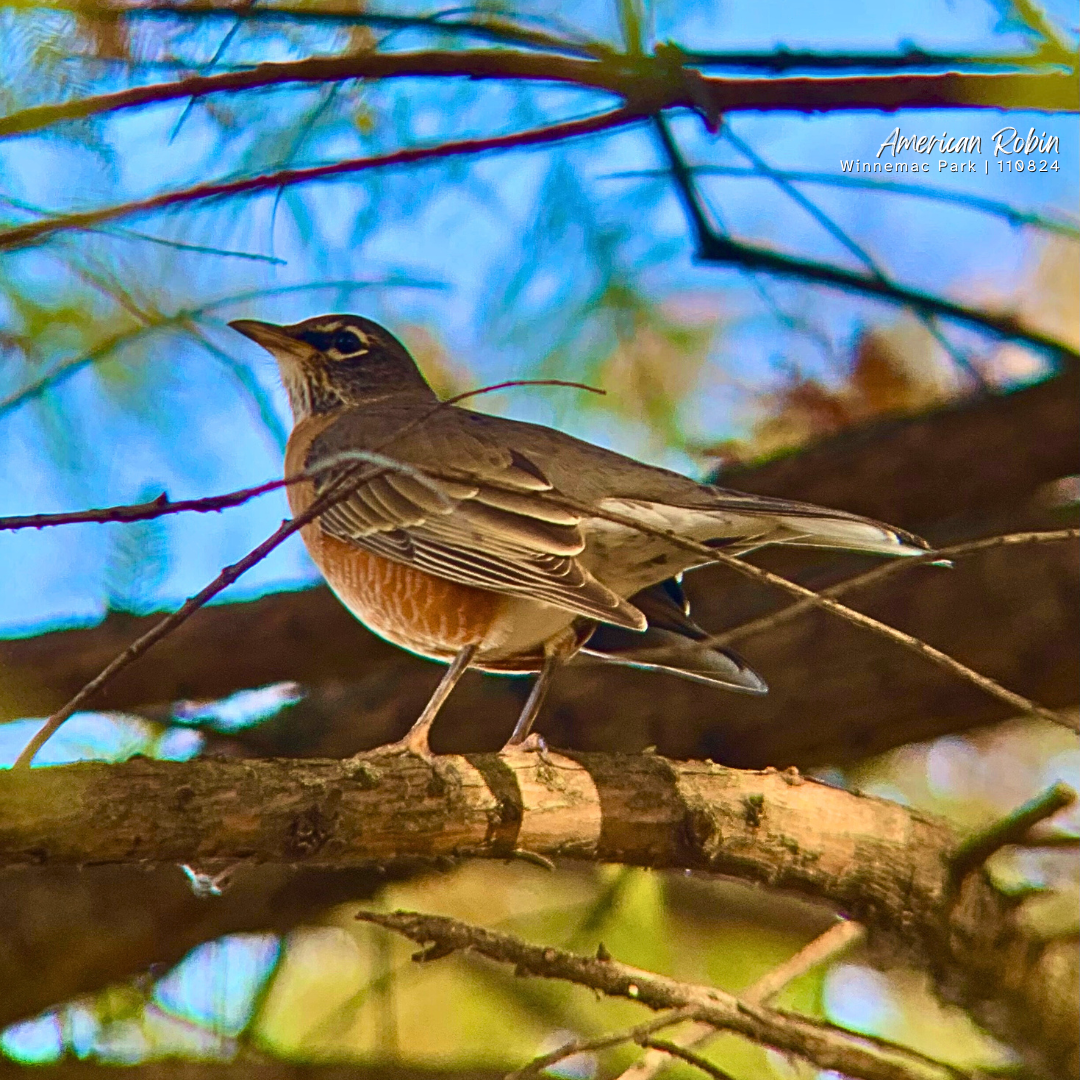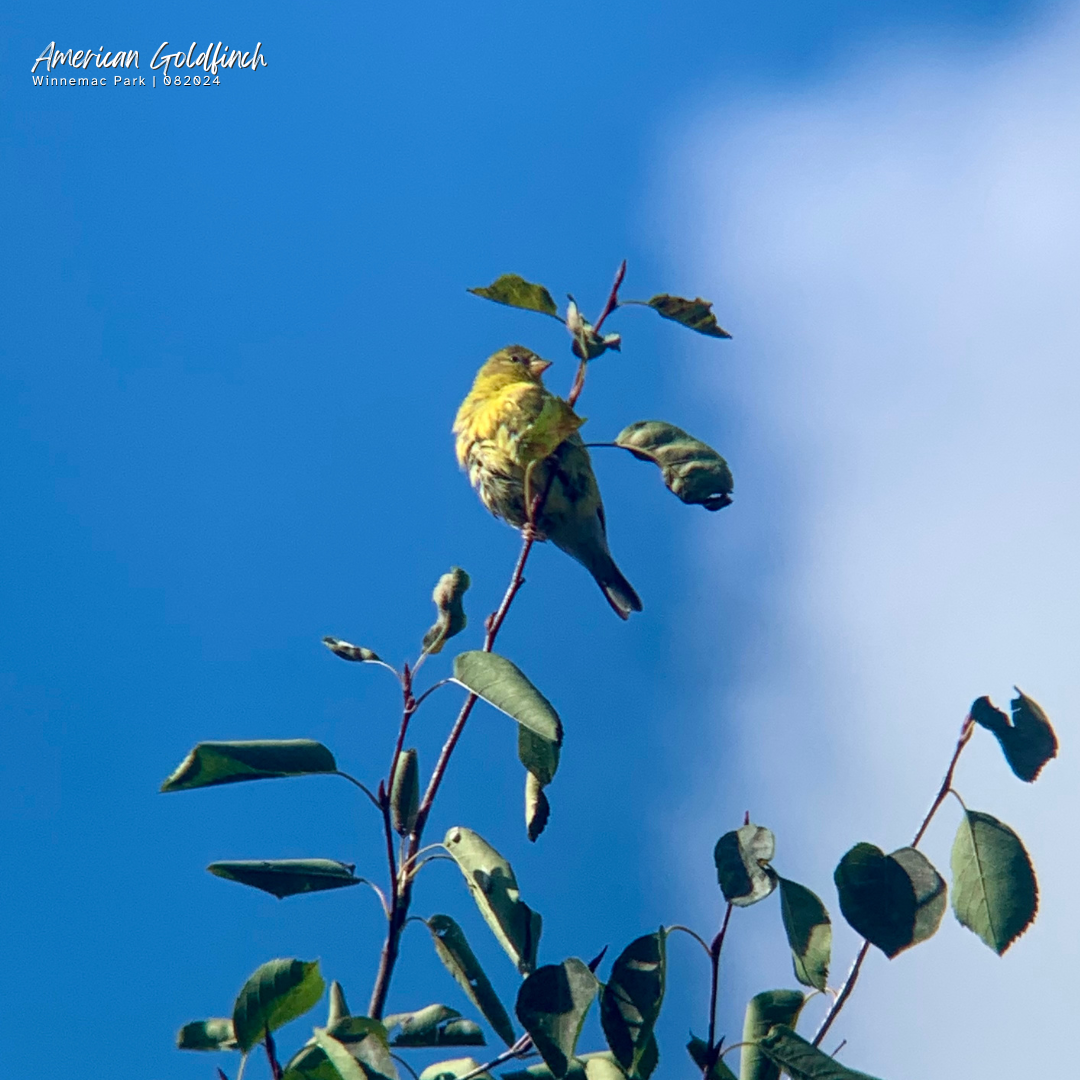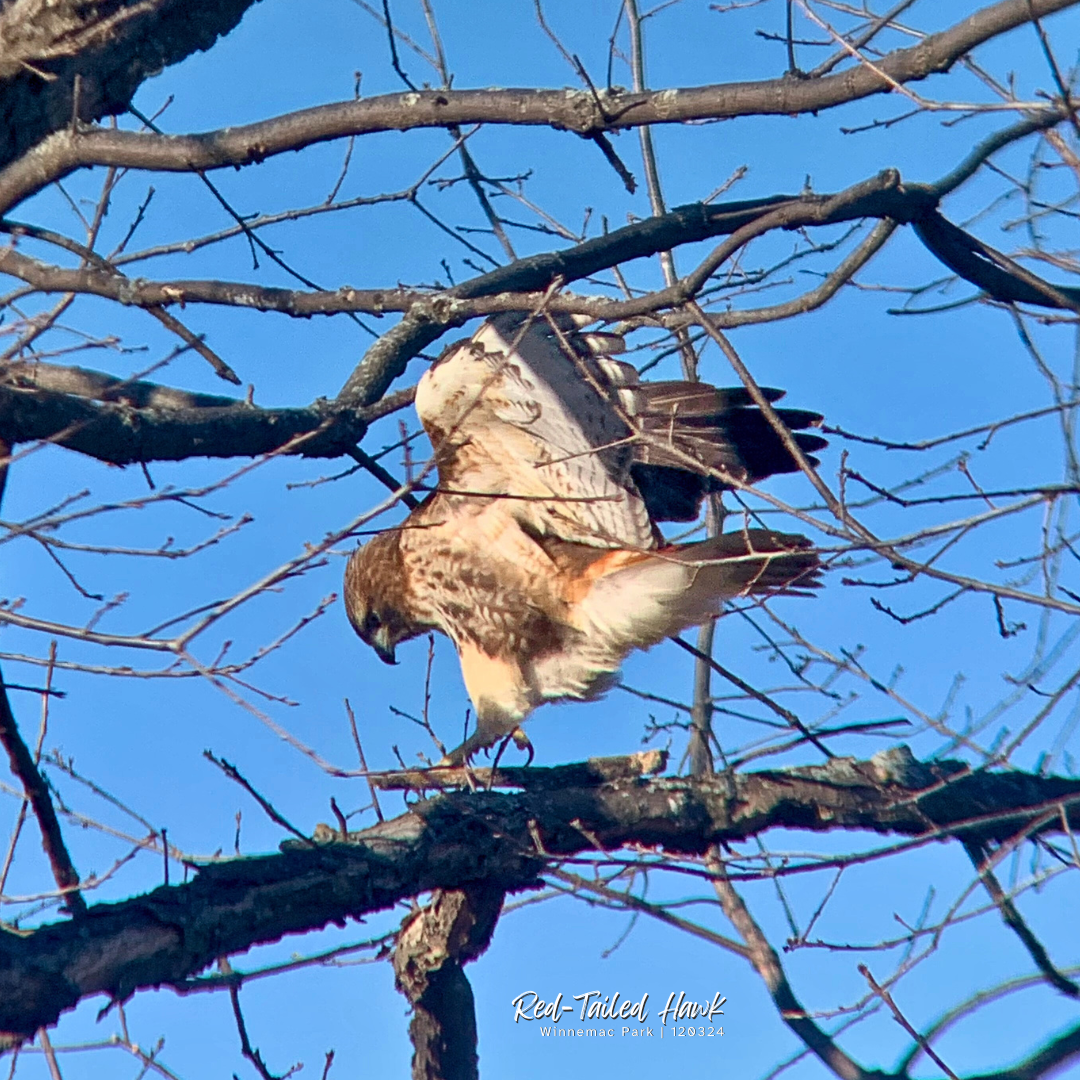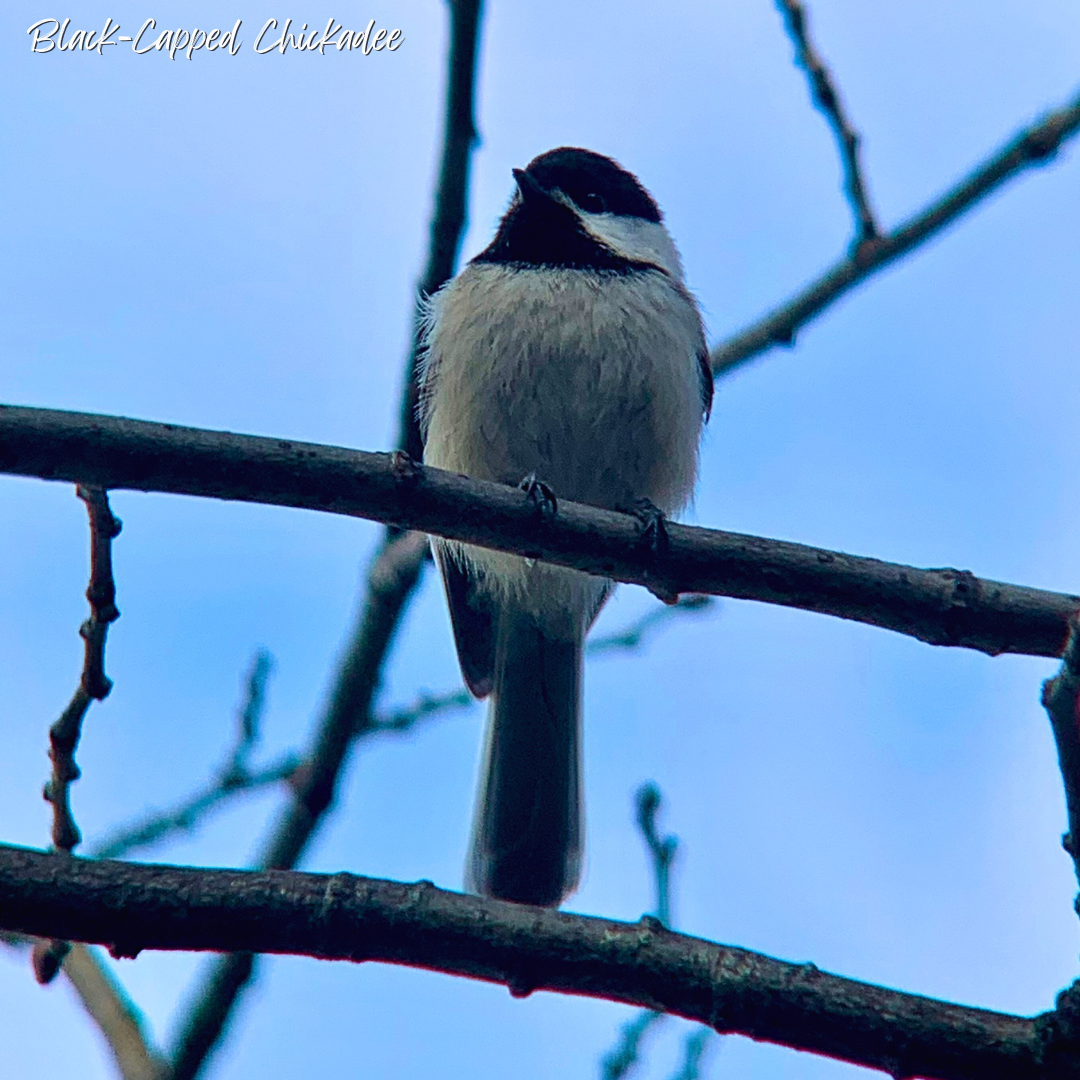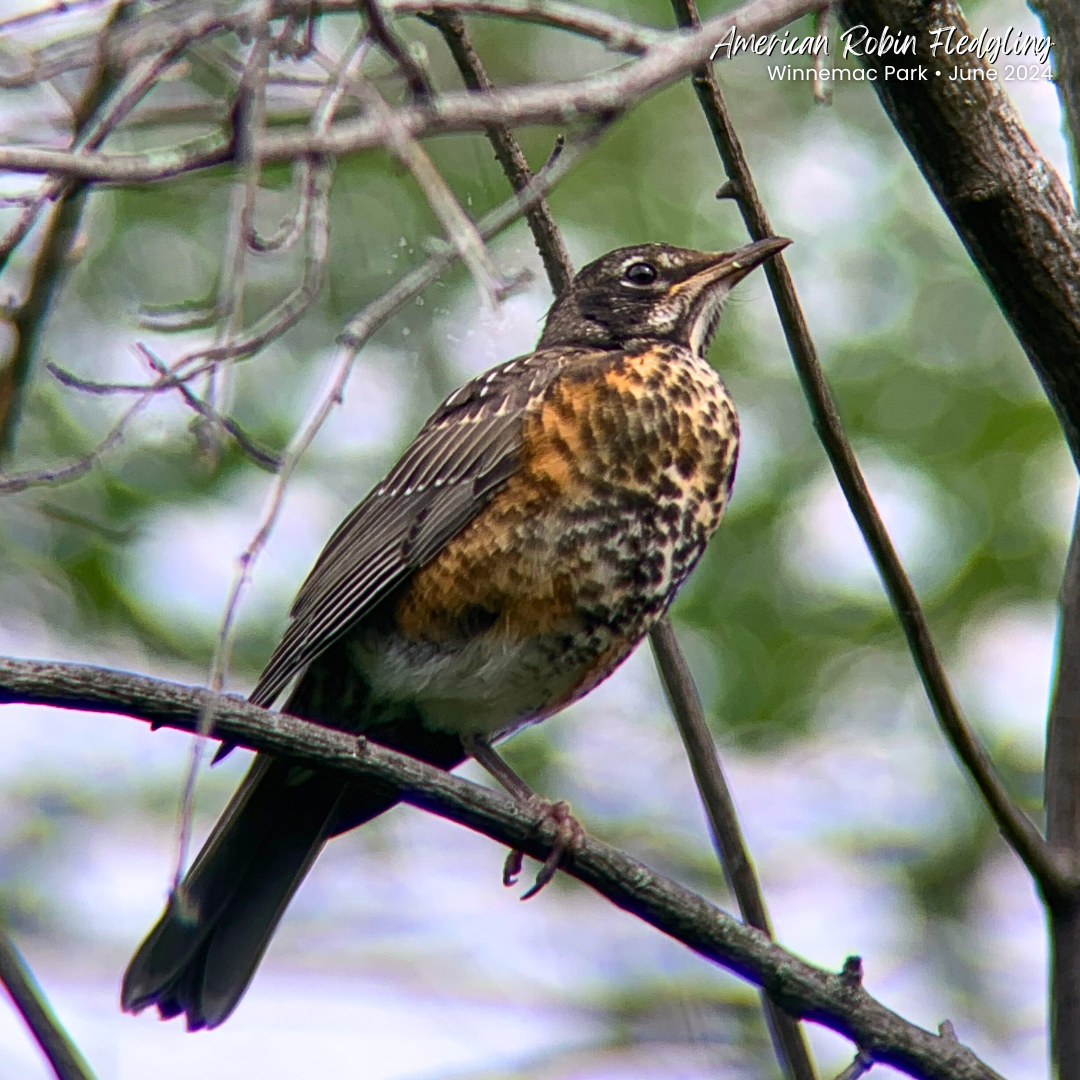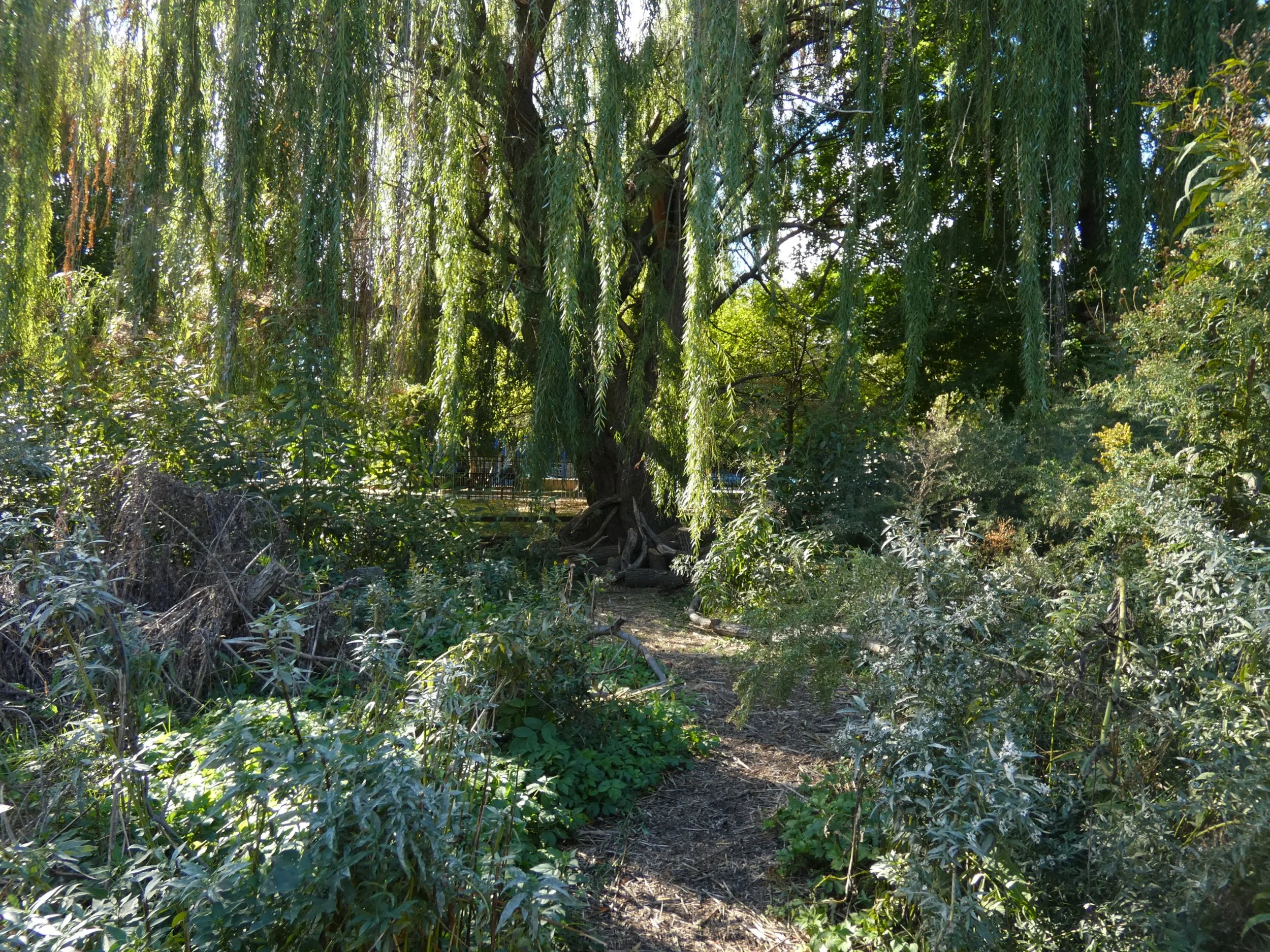
From Winnemac Park
It was January of 2024 when my local adventures to Winnemac Park began…
What started with daily trips fueled by curiosity evolved into the fantastic opportunity to observe, learn, and share my findings with our community, helping to further unveil the incredible natural oasis that was just around the corner.
To follow the journey, I encourage you to join along on Instagram or Facebook for current updates and observations.
My goal is to help lift the voice of our urban habitats and encourage others to share and keep note of what occupies and visits their local green space, including native gardens installed by neighbors and found upon parkways. Here, you have the opportunity to build community around these areas, giving them a platform for protection. What started for me as daily trips to the park grew into a fantastic opportunity to highlight the beauty that can be found just around the corner and document it in ways I did not think possible. These efforts help to close gaps in communications with the many hands that tend to Winnemac, allowing wins for both nature and the community. Areas like these are crucial features not only in our cities, but in quick-growing suburban spaces across the country that require our attention. There is natural magic all around us, you simply have to go outside to fall under its spell.
In my efforts in learning our park from top to bottom, I have often found conflicting aspects in how conservancy values are assessed and prioritized in native areas and those that are installed. It seems the biodiversity that benefits from them most is often overlooked or not as prioritized when projects are scheduled and executed. Our wildflowers work in tandem with our thriving bird and insect population, depending on one another for success; sadly, it is our smaller friends that are often left out of the equation when it comes to decision making in such areas. This is something I hope one day will be taken into greater account, not only here in our park, but throughout the city. When we make decisions that impact native areas, we have to think of the ramifications that go beyond the plant itself and what may be impacted by human actions, even if those actions seem beneficial at the time.
The primary goal of my visits is to observe and track the biodiversity that takes up residence within Winnemac Park. Here, taking note of our birds, wildflowers, trees, and insects take a front seat, however, it does not restrict my focus as there is much to put my lens upon and still plenty to learn. It is important to remember that even the smallest of natural areas has the capability to make a difference - as do you. I did not saunter into our park a naturalist, however, am grateful I have had the opportunity to acquire knowledge on these spaces that allow me to share that insight with you.
When it comes to birding, or time spent in nature, I believe in the art of consistent observation…
There is beauty in taking it all in from a singular place, day after day. Here, you have the chance to truly understand not only a specific environment, but the behavior of your local birds and surrounding biodiversity, just as they have no choice but to understand us.
I am lucky to have found that place within Winnemac Park and hope that you too have a cherished spot in nature that provides the feeling of home.
Small acts that can make a big difference…
Planting native wildflowers when and where you are able. This can come in the form of incorporating them into your current garden, courtyard areas, parkways, and balcony spaces. Seek out seeds and plants that are sold and distributed at local sales to ensure they are locally sourced and approved. Natives can be incorporated year round; in the form of direct installation or seed scattering (the season will dictate best approach).
Start observing and taking note of your local green spaces; no area is too small to track. You may be surprised what you find visiting your array of wildflowers. By choosing to highlight and observe these areas, you help to bring greater attention to their presence.
If tracking and observing is out of reach, taking initiative to learn about the biodiversity that resides around you. Trees, birds, insects, fungus, and beyond all play a crucial role in our local ecosystems and they are not hard to find with a watchful eye. By simply learning about them, you have the capability to help green spaces thrive in the long run and perhaps have the opportunity to bring awareness to others.
Take part in a local natural areas work-day; these occur in various neighborhoods throughout Chicago and can include native plant installations, seed gathering, removal of invasive growth, trash pick-up, and more. Here, you have a chance to make a direct impact within your community and see the efforts of your work come to fruition in a shared space. Not only does this benefit your area, it can be a fabulous way to meet individuals who value the same cause.
Donate to your local parks and/or their advisory councils, who are often working to create betterment for our established city parks here in Chicago. There are many environmental groups, both locally and nationally who are working toward enhancement, awareness and preservation of our beloved green spaces. (www.winnemacpac.org/donate-1)
Stay curious & ask questions. This can be to an individual carrying out work in these areas, volunteers who are familiarized with the spaces you are interested in, writing to local officials to see how areas are being preserved or cared for, and beyond. The more you inquire, the more you will learn. I am quite fond of engaging with any one executing work in our park, for they often know something I do not, and perhaps the other way around. It not only enhances awareness, but has potential to open the door for greater communication.
. . .
A special mention goes to those that endlessly have supported and amplified these efforts from the beginning. To the friendships that have unfolded and the community found within our urban oasis; to those that have lent a kind word as they pass by or take time to inquire about our beautiful park. Thank you to those that have shared their knowledge and history of Winnemac with me, helping me to learn and share it with others. To mother nature, who keeps me humble, curious and most importantly encourages me to be more patient and understanding; she often acts as my best teacher, one I am eternally grateful for.
-Tessa
